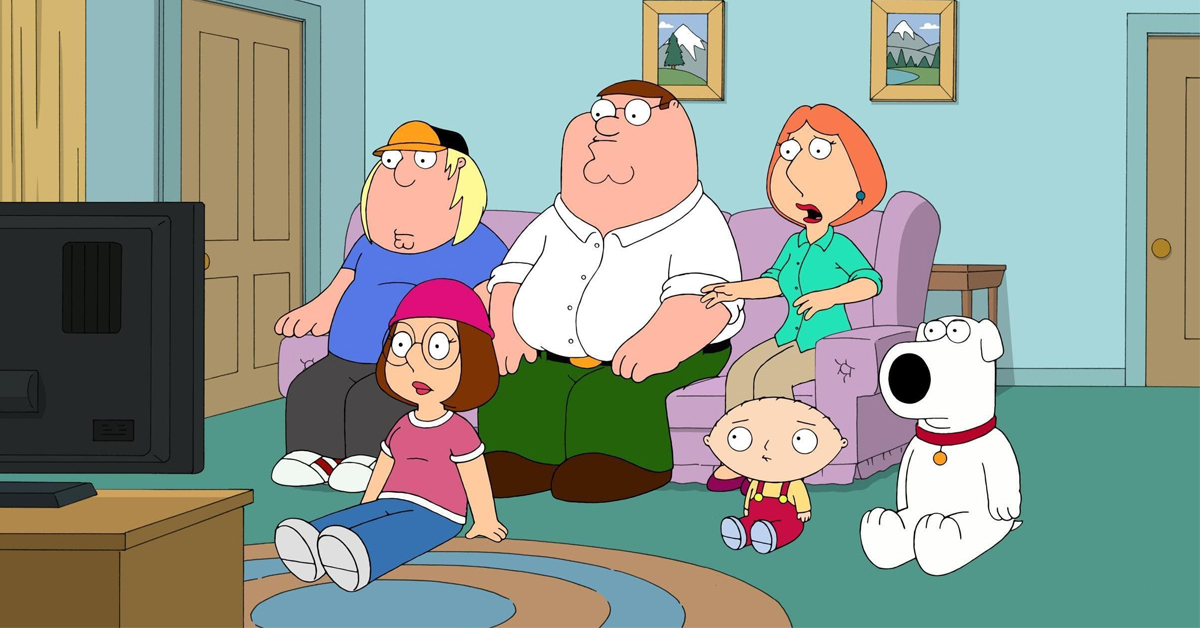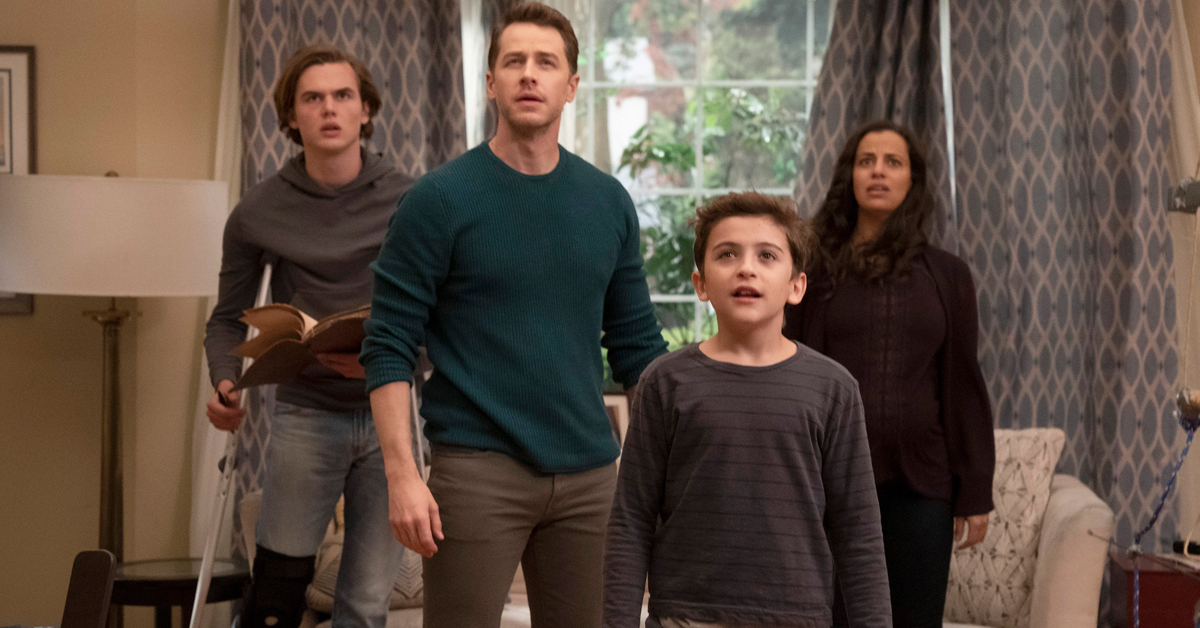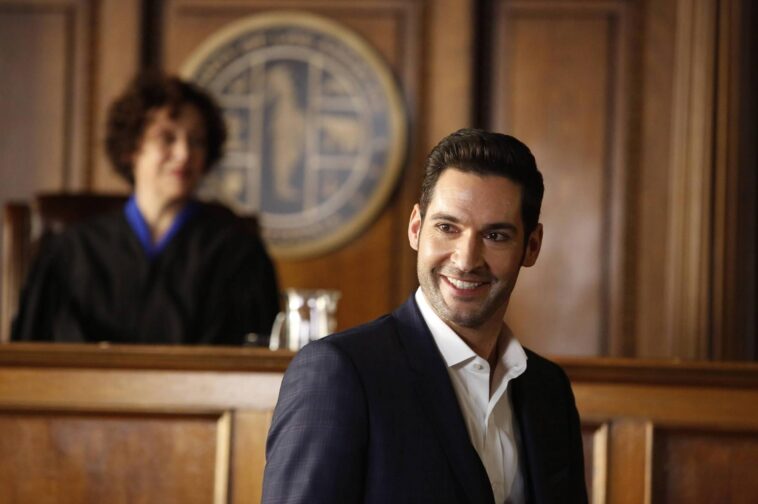Picture this: You’re three episodes deep into a new series, you’ve already picked your favorite character, and you’re mentally planning your weekend binge sessions. Then you make the fatal mistake of Googling the show only to discover those three dreaded words: “canceled after one season.” Cue the internal screaming.
If you’ve been watching TV for longer than five minutes, you know this pain intimately. It’s the entertainment equivalent of getting invested in someone who ghosts you after the third date. But here’s where things get interesting in our streaming-dominated world: death certificates in Hollywood are apparently written in pencil (well, in some cases at least!).
Thanks to passionate fan campaigns, social media outrage, and streaming services with deep pockets and even deeper content needs, “canceled” has become less of a permanent sentence and more of a temporary inconvenience. These 8 shows didn’t just beat the reaper—they came back stronger, found better homes, and proved that in the modern TV landscape, there’s always room for a good comeback story.
With that in mind, let’s dive into the most satisfying resurrections in television history—because nothing beats a good underdog story.
Family Guy (1999–2002, 2005–Present)

Original Network: Fox
Revival Network: Fox (brought back from the dead)
Seth MacFarlane’s crude animated sitcom about the dysfunctional Griffin family got axed in 2002 after Fox decided three seasons of Peter’s chicken fights and Stewie’s world domination plots weren’t worth the production costs.
Plot twist: The show found a massive second life. DVD sales hit three million copies, and reruns on Adult Swim went bonkers, boosting the network’s ratings by a staggering 239%. It was definitive proof that sometimes, networks don’t know jack about what audiences actually want.
When Fox sheepishly brought it back in 2005, the revival’s first episode, “North by North Quahog,” immediately acknowledged its own resurrection with Peter listing off 29 other Fox casualties before joking about their return. The revival turned Family Guy into a cultural juggernaut that has now run for nearly two decades since coming back from the dead, spawning spinoffs like The Cleveland Show.
Jericho (2006–2007, 2008)

Original Network: CBS
Revival Network: CBS
CBS’s cancellation of this post-apocalyptic drama about a small Kansas town surviving after nuclear attacks across America sparked one of the most creative fan campaigns in television history. When the show ended its first season with the cliffhanger word “Nuts!“—a reference to a WWII battle—fans took it literally and shipped over 40,000 pounds of nuts to CBS headquarters, complete with messages demanding the show’s return.
The campaign was so memorable and well-organized that CBS actually reversed course and ordered seven more episodes to provide closure. While brief, that second season allowed the show to explore more of its complex mythology about the shadowy forces behind the attacks and the emerging civil war between the eastern and western United States. It remains the gold standard for fan campaigns that actually worked.
Brooklyn Nine-Nine (2013–2021)

Original Network: Fox
Revival Network: NBC
Here’s a masterclass in how social media can literally save your favorite show. When Fox canceled this comedy goldmine about Jake Peralta and the 99th precinct in 2018, the internet collectively lost its mind. We’re talking about celebrities, fans, and basically everyone with a Twitter account staging a digital intervention that would make intervention specialists jealous.
NBC swooped in within 30 hours—faster than Charles Boyle chasing after Jake—and rescued the series. The result? Three more seasons of the best workplace comedy since The Office. Cool cool cool cool cool.
Lucifer (2016–2018, 2019–2021)

Original Network: Fox
Revival Network: Netflix
Fox really had a thing for canceling shows that would become massive hits elsewhere, didn’t they? When they dropped Lucifer, a supernatural procedural about the literal Devil solving crimes in LA in 2018, fans launched a #SaveLucifer campaign that was nothing short of biblical in its intensity. Netflix, being the streaming hero we needed, picked it up for not just one, but three additional seasons.
The show found its perfect home on Netflix, where it could explore darker themes and really lean into its supernatural elements without network TV restrictions, diving deeper into celestial mythology and Lucifer’s relationship with detective Chloe Decker. The devil really does get his due.
The Expanse (2015–2018, 2019–2022)

Original Network: Syfy
Revival Network: Amazon Prime Video
Science fiction fans know the pain of watching their favorite space operas get canceled just when things get interesting. The Expanse, based on James S.A. Corey’s novels, was building this incredible universe with complex political intrigue spanning Earth, Mars, and the Belt and Syfy decided to pull the plug midway through season three. Cue the fan outrage and a certain Jeff Bezos stepping in as the billionaire superhero.
When Amazon Prime Video stepped in, they didn’t just save the show—they gave it the budget and creative freedom it deserved. The result was some of the best sci-fi television ever produced. The final three seasons featured stunning space battles, deeper character development, and the kind of hard sci-fi storytelling that made fans compare it to the best of Star Trek and Battlestar Galactica. Having deep pockets really does save the day.
Young Justice (2010–2013, 2019–2022)

Original Network: Cartoon Network
Revival Network: DC Universe/HBO Max
Six years. That’s how long fans waited for Young Justice to return after Cartoon Network canceled it in 2013. However, the sophisticated superhero animated series about teenage heroes like Robin, Aqualad, and Artemis, who dealt with both superpowered threats and typical coming-of-age issues, had one thing going for it: some of the most dedicated fans in television history. They kept the conversation alive through social media, streaming numbers, comic conventions, and sheer force of will.
When DC Universe (and later HBO Max) brought it back, the show picked up with the original characters aged appropriately and dealing with even more mature themes. It was like reuniting your favorite superhero team after they’d been scattered across the multiverse. The show proved that animated superhero shows could grow with their audience instead of dumbing down for kids.
Manifest (2018–2021, 2021–2023)

Original Network: NBC
Revival Network: Netflix
NBC’s cancellation of this supernatural drama left Flight 828’s passengers still experiencing mysterious “callings,” while viewers were left hanging about what actually happened during those missing five and a half years. The show’s central mystery—why 191 people returned from a flight that disappeared for half a decade without aging—was nowhere near resolved, and the growing mythology around death dates and divine intervention had barely scratched the surface. And honestly, in a post-Lost world, we all deserved to get some actual answers for once.
Netflix’s rescue was purely a numbers game and rightly so because when the show hit the streaming platform during the pandemic, it became a monster hit, staying at number one for weeks as viewers binged all three seasons. The streaming giant’s 20-episode final season allowed creator Jeff Rake to properly conclude the story, delivering actual answers about the callings, the death date prophecy, and the cosmic forces at play—something network TV rarely allows mystery shows to do.
Arrested Development (2003–2006, 2013–2019)

Original Network: Fox
Revival Network: Netflix
Before Netflix was synonymous with original content, it made its mark by rescuing one of the most critically acclaimed, multiple Emmy-winning comedies ever made. Arrested Development had everything: brilliant writing with rapid-fire jokes, perfect ensemble casting led by Jason Bateman, and ratings that made network executives cry into their spreadsheets even if Fox kept moving it around the schedule and never properly promoted it.
Netflix’s revival in 2013 was groundbreaking—one of the first times a streaming service had rescued a canceled broadcast show. Sure, scheduling conflicts meant not all the cast could be in scenes together (leading to creative green-screen solutions), but we got more Bluth family dysfunction, and that’s all you need. The revival seasons allowed the show to experiment with narrative structure in ways that would’ve been impossible on network TV, cementing its status as a comedy masterpiece.

